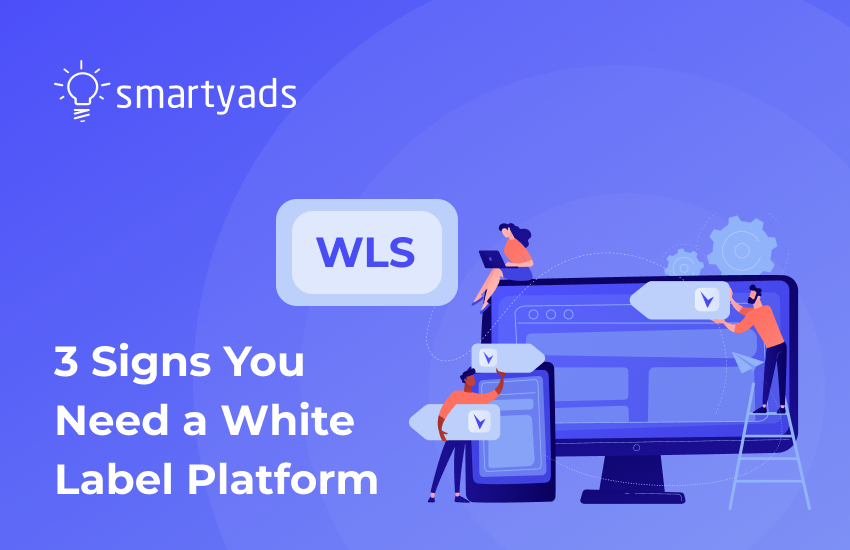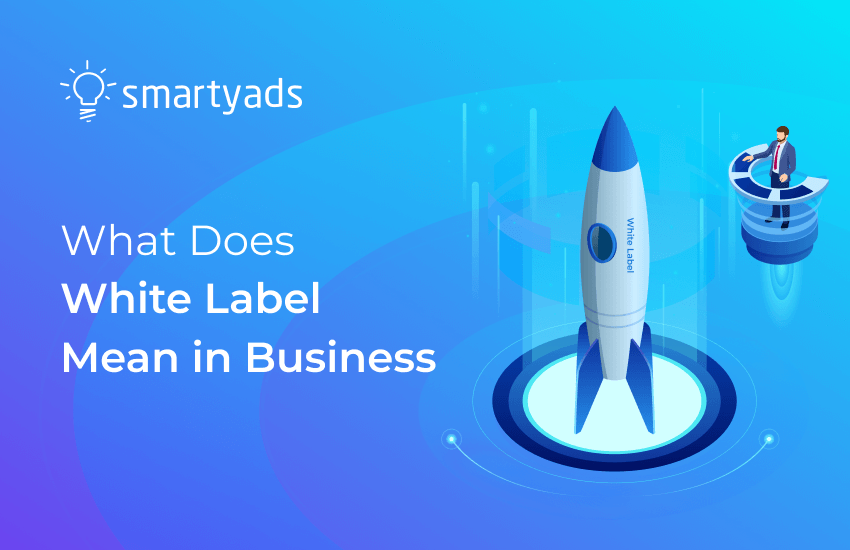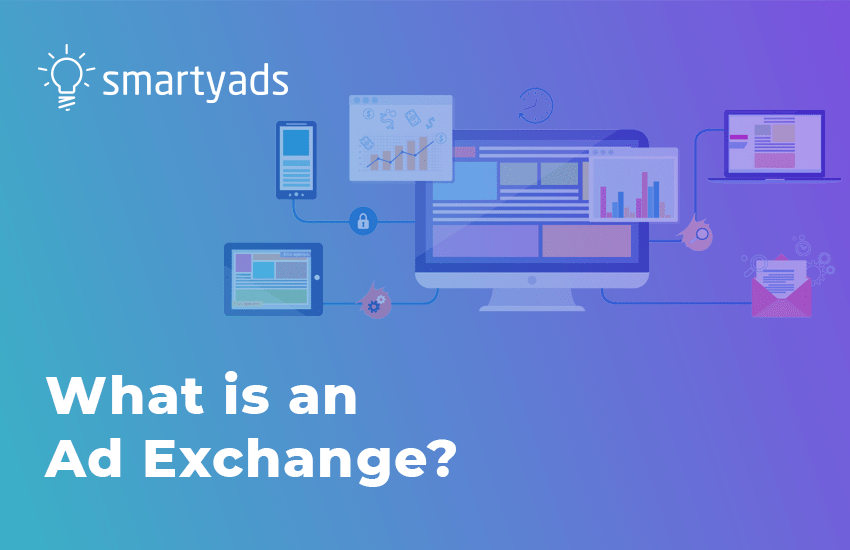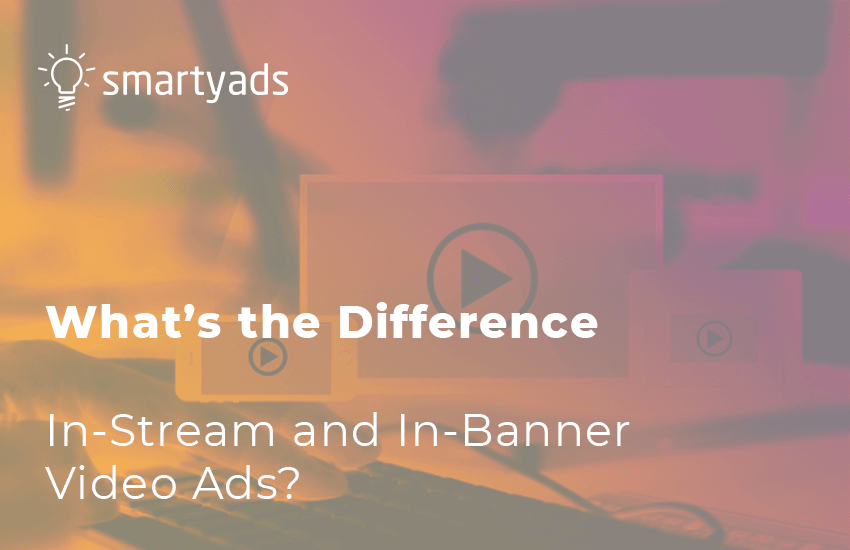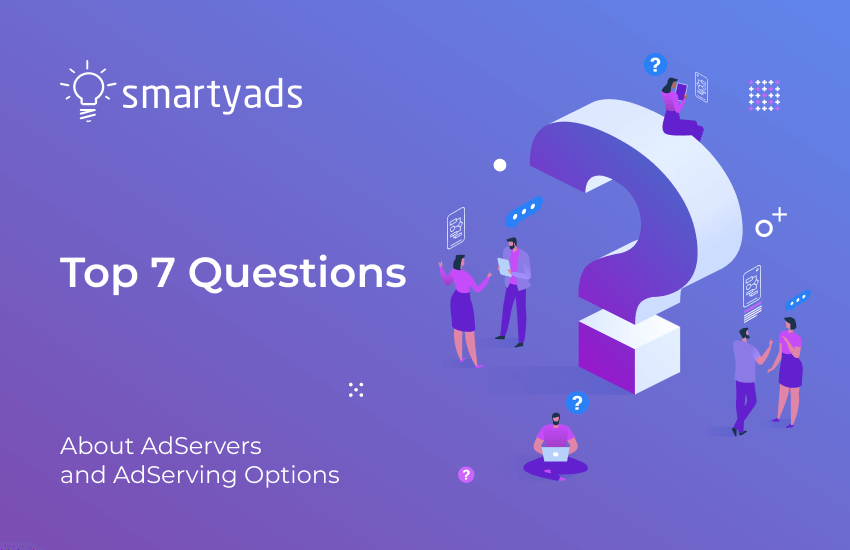Ultimate control over media purchases and decreased media-buying costs are completely understandable aspirations of every business owner. While the benefits of programmatic buying are pretty obvious: precise targeting, real-time bidding, and on-the-go campaign optimization, some ad tech players strive to create their own independent solutions.
Still, building your own ad platform demands substantial investments in terms of both finances and time. It is important to understand when such a decision can be economically justified and when it will be enough to slightly rearrange the media-selling process or move to another programmatic advertising platform.
If the following five specific issues affect your media trading, this might be a sign that your current programmatic needs have overgrown basic ad platform functionality, so it’s time to scale up capacities. In this article, we’ll help you to clarify whether you need to buy your own programmatic solution, like 38% of advertisers, 66% of agencies, and 65% of publishers in 2019.
Why do companies go in-house and acquire White Label platforms?
Access to audience data, increased operational control, and the ability to conduct more effective large-scale campaigns for brands are the main drivers that encourage agencies to invest money into proprietary programmatic platforms. According to IAB Europe programmatic advertising survey 2019, the main motives for switching to independent ad purchasing among advertisers are:
- increased operational control (50%)
- a significant decrease in the cost of media placement (42%)
Publishers shift to the in-house or white-label operational models because they deliver better inventory monetization, increased transparency, and control over operations, as well as the ability to sell premium advertising formats according to on individual terms.
| Advertisers | Agencies | Publishers | |||
| increase operational control | 50% | better ability to access audience insights | 60% | better monetization of inventory | 63% |
| reduce media costs | 42% | increase operational control | 42% | gain better transparency and control of operations. | 35% |
| gain greater transparency of where the campaign run. Integrate programmatic with other in-house teams like CRM, customer service, etc. | 33% | deliver brand campaigns at scale more effectively. | 40% | opportunity to scale premium ad formats | 30% |
These benefits along with the ability to integrate programmatic technologies into the work of other internal marketing platforms (CRM, DMP) and tools, are the key reasons why enterprises are bringing programmatic in-house. In general, the in-housing trend can now be observed around the world. Enterprises strive for better system accountability, transparency, and media-chain control.
At the same time, even if companies manage to shift media purchases in-house (completely or partially), according to the survey, they may experience troubles in switching to in-house services. To create an ad network from scratch, enterprises will deal independently with technical and scalability issues along with development and necessary integrations. White Label, one of the most popular in-house trends, represents an affordable strategy that enables a company to acquire already developed, designed, tested and hosted advertising and marketing products for business. Time to find out whether you need one too.
You want to establish your own terms: (payment model/service quality/positioning)
If you can sell and convey the product's value to a consumer, you can only buy your own white-label platform or purchase an existing already, positioned advertising platform from the company. Here’s what white-label means in business: an ad tech provider sells a ready-made ad tech platform to the company, then positions it, and resels to the publishers and advertisers under its own brand. This way, freshly-baked ad tech brand is free in terms of any business decisions: branding, promotion, service quality control, payment model (CPC, CPM, CPI, or else).
This way, white-label has all the advantages of ready-made platforms. Buying an already positioned solution has certain restrictions. Apart from expensive pricing (as promotion is a product of marketers’ work and yearly maintained reputation), positioned platforms already have operation conditions customers are used for. Changing any of them, like, for instance, the payment model, always entails risks that customers will be left unsatisfied or that some share of them will leave the platform.
The self-self programmatic platform is a very flexible model for the new business. There’s also a chance to distinguish your service with exceptional quality standards, and attract industry experts and professional advisors who will run campaigns on your customers' behalf. That is, to provide your customers with added value by launching a managed-serve solution.
You want to reduce costs (commissions/margins/development expenditures)
The White-Label solution's fundamental advantage is that it significantly helps optimize campaign budgets. Supply chains are quirky; while advertisers can see the total sums of money they pay for impressions, they can’t see what fractions of these payments reach publishers. The programmatic advertising ecosystem is multilayered; the partners in it are interconnected. Each middleman and third-party service provider can take a certain fraction of money for their service.
Plus, each ad tech platform provider establishes its own margins and service commissions, creating additional complexity in understanding how the total sum is formed. If an enterprise purchases a solution like a white-label ad exchange, for instance, the owner is in charge of administration and the rest of internal operations, as well as demand and supply partners management.
There’s always an option to build such a cost-saving solution from scratch; however, it will demand substantial investments that are already covered if you buy a white-label platform:
- Payrolls of developers, designers, testers
- Cost for solution licensing
- Overhead costs
In addition, the existing solution from an ad tech provider guarantees the quality of the developed platform, bug-free operation, smooth server connection, and the rest of the benefits that remove risks associated with service competitiveness.
You want to create an exclusive network of verified partners
Advertising fraud is a problem that has been plaguing advertising since the dawn of programmatic. Now it consumes more than $1 per each $3 ad spend. Agencies and marketers believe that invalid traffic is one of those problems that regularly undermines brand safety and takes away myriads of advertising dollars.
A White Basps report from White Ops and the National Advertisers Association (ANA) report together estimate the global economic damage from fraud to reach $5.8 billion in 2019. Huge funds that could have been spent on real impressions settle in the pockets of fraudsters who imitate clicks, views, and installs using malicious scripts. Another common problem is domain spoofing, when advertisers pay for impressions served at much cheaper inventory, oftentimes with inappropriate content.
Ads.txt, ads.cert, and app-ads.txt belong to those IAB initiatives that protect advertisers from fraudsters if they officially enforce the standards on their programmatic platforms. However, if you want to be 100% sure that ad budgets are not getting flushed down the pipe, the only way to do it will be by purchasing your own solution and integrating supply and demand partners of your choice. Approaching integration responsibly, the white-label ad exchange owner can create a unique brand-safe ecosystem where each publisher is known and proven, each inventory piece is certified, and each web source impression is served at has appropriate and brand-safe content.
How do I know that it’s time to go White-label?
Staying ahead in the competitive ad tech landscape requires continuous innovation and adaptation. Exploring the possibilities of white labeling could be a strategic move that propels your company toward success by offering unique branding, flexibility, cost efficiency, and enhanced client relationships.
But how do you know when it's the right time to go white label? To help you further evaluate whether a white-label programmatic platform is the right choice for your ad tech company, we have prepared a checklist of reasons outlining its benefits and considerations. Download the checklist here and gain valuable insights into the potential advantages of white labeling.
The last word
The digital advertising ecosystem is diverse; sometimes, it includes too many variabilities directly affecting ad campaign success. It is hard to keep a finger on the pulse of all changes and even harder to inspect what’s happening inside your programmatic chain if you don’t have your own proprietary solution.
Even though it is possible to build your platform from scratch today and achieve ultimate media-purchasing transparency, you need to properly assess the time and funds to launch your solution before competitors. With a white-label solution (DSP, SSP, or ad exchange), every ad tech player can build a platform that will satisfy the needs of a unique customer niche and close the gaps you might have experienced with your existing platform.
